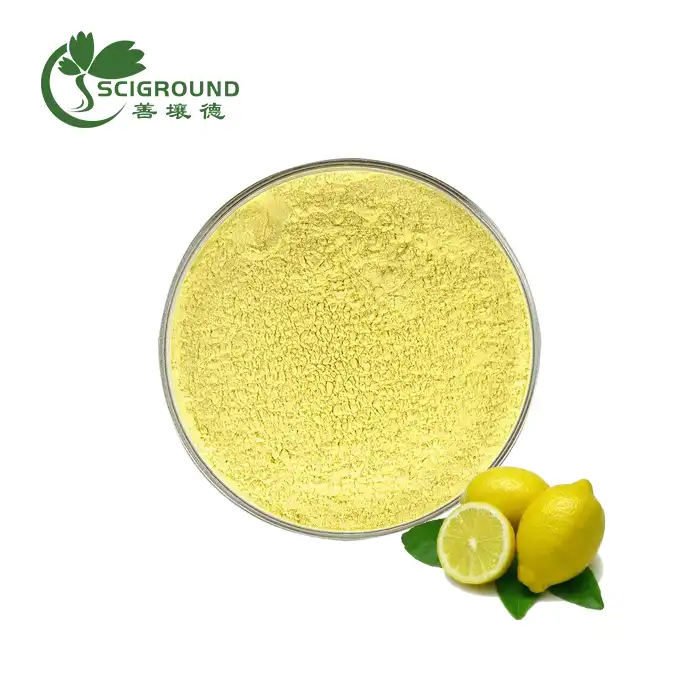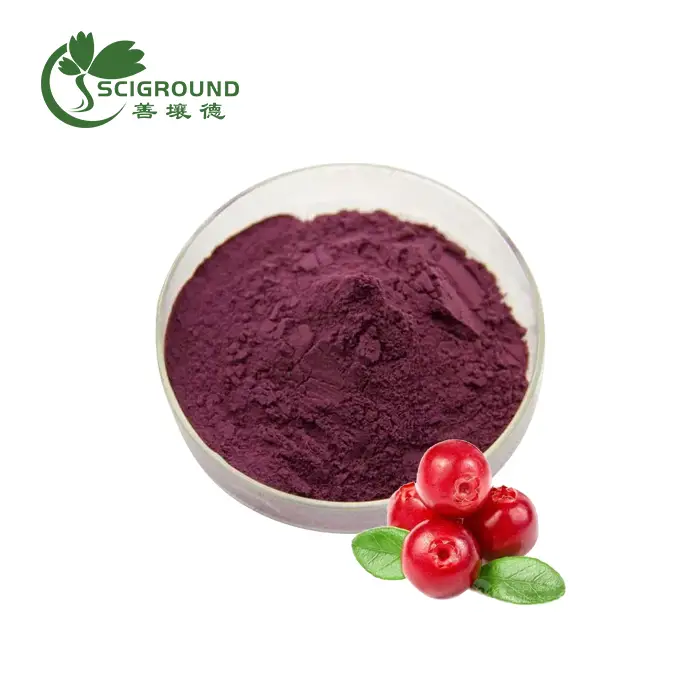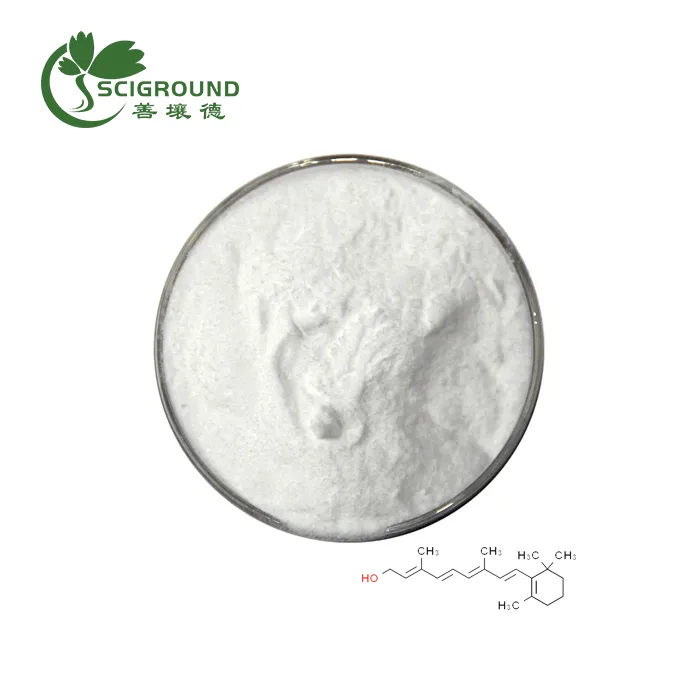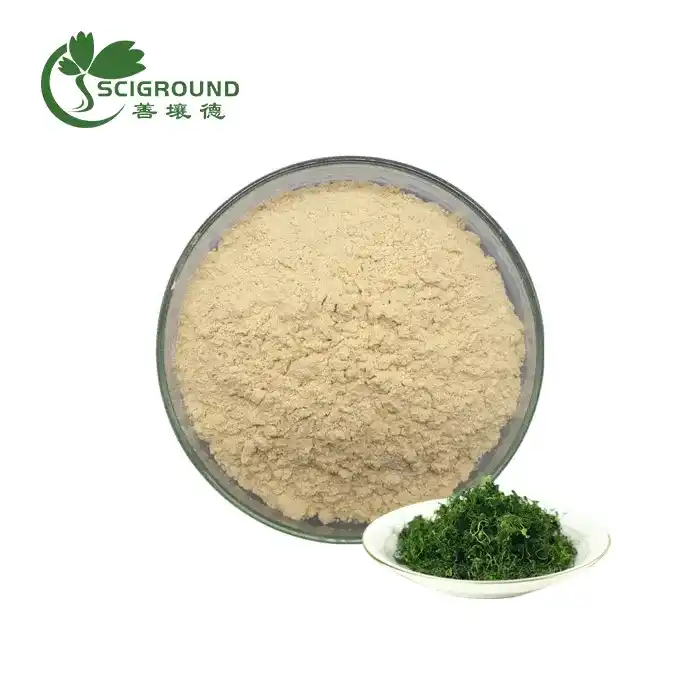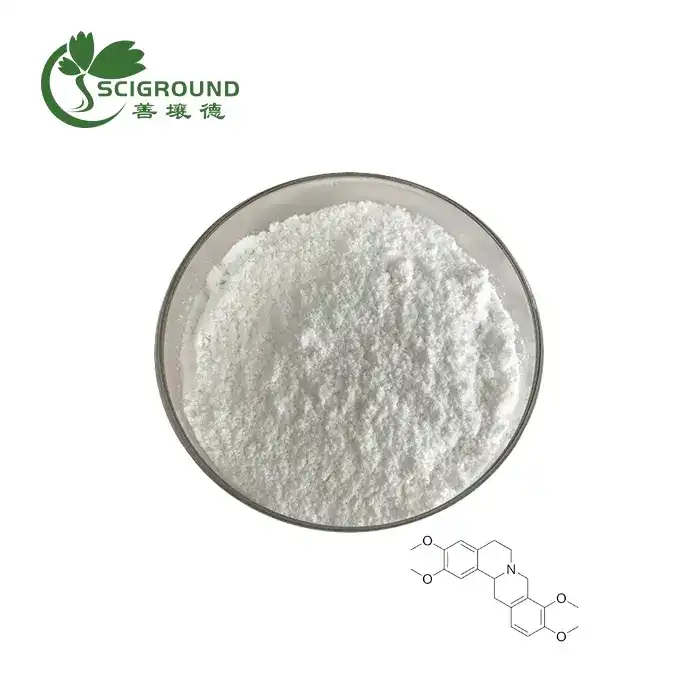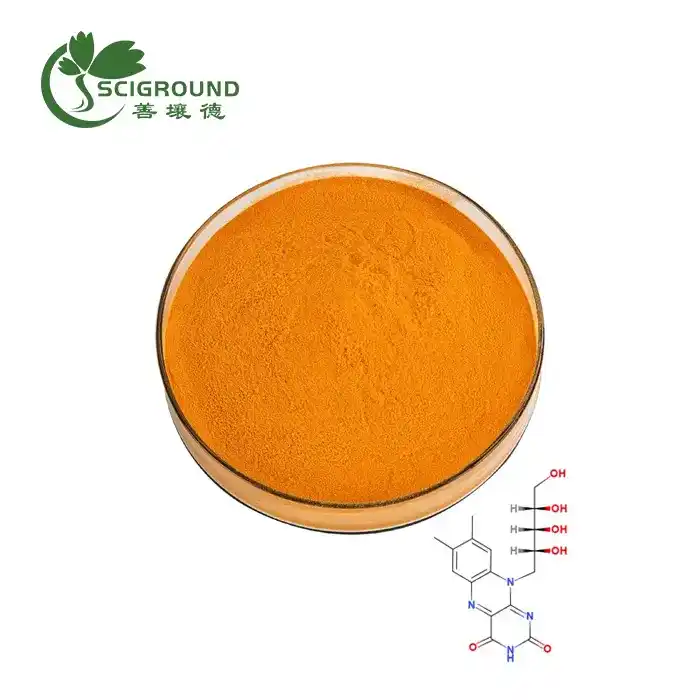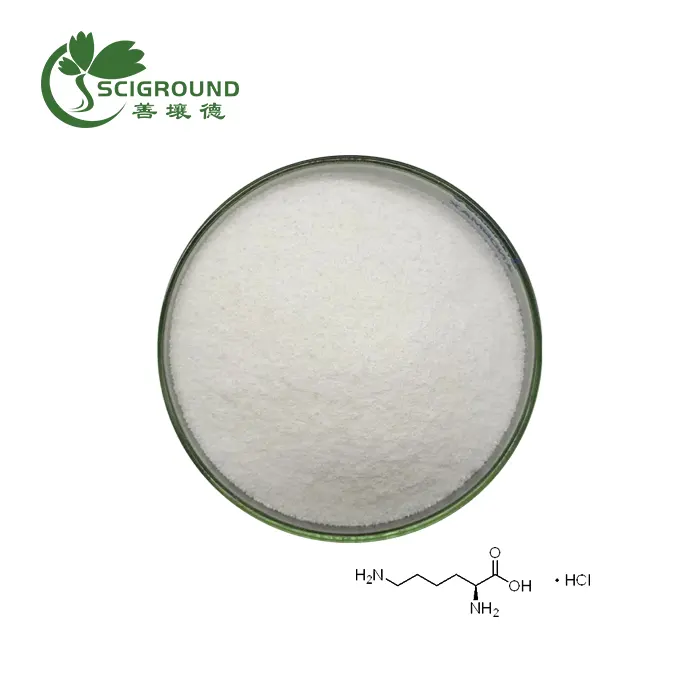How to Make Persimmon Extract
Embarking on the journey of creating persimmon extract at home is a delightful endeavor that allows you to harness the goodness of this versatile fruit. Persimmon extract, rich in antioxidants and potential health benefits, is surprisingly easy to make, requiring just a few simple steps and minimal ingredients. Whether you have a surplus of ripe persimmons or simply want to explore a hands-on approach to skincare and wellness, crafting your own persimmon extract opens the door to a world of natural goodness. Let's dive into the simple yet rewarding process of making homemade persimmon extract.
Welcome to Sciground, your ultimate source for all things related to natural products and extracts. In this article, we will guide you through the process of making persimmon extract, a powerful and versatile substance derived from persimmon fruit. Whether you are a health enthusiast or simply curious about how to make your own extract, you've come to the right place!
What is Persimmon Extract?
Persimmon extract is a concentrated form of the beneficial compounds derived from the persimmon fruit, scientifically known as Diospyros kaki. This extract captures the essence of the fruit's nutritional profile and bioactive components, offering a range of potential health and skincare benefits.
Rich in Antioxidants: It is known for its high antioxidant content, including vitamin C and beta-carotene. These antioxidants play a crucial role in neutralizing free radicals, reducing oxidative stress, and supporting overall cellular health.
Anti-Inflammatory Properties: The extract contains natural compounds, such as tannins, which exhibit anti-inflammatory effects. This makes persimmon extract potentially beneficial for soothing inflammation in the skin and other parts of the body.
Skincare Benefits: It is increasingly popular in skincare products due to its ability to promote healthy skin. It may contribute to a more radiant complexion, help in managing conditions like acne, and offer anti-aging effects by combating oxidative damage.
Dietary Supplement: Some individuals use persimmon extract as a dietary supplement. Whether in the form of liquid extract, capsules, or added to beverages, it can provide a concentrated dose of the fruit's nutrients for overall health and wellness.
Potential Blood Sugar Regulation: Research suggests that it may have hypoglycemic effects, helping regulate blood sugar levels. This property could be valuable for individuals managing diabetes or looking to support stable blood glucose levels.
Digestive Aid: It particularly from unripe persimmons, may have astringent properties that can aid digestion. It may help alleviate symptoms of diarrhea and promote a healthy digestive system.
As with any natural remedy, the effectiveness of it may vary among individuals. It's important to consider the source and quality of the extract, and consulting with healthcare professionals before incorporating it into your routine, especially if you have existing health conditions or are on medications, is advisable. Whether enjoyed in skincare formulations or as a dietary supplement, persimmon extract stands as a testament to the diverse benefits nature can offer.

How Do You Extract Persimmon Seeds?
Extracting persimmon seeds is a straightforward process that allows you to access these seeds for various uses, from planting new trees to utilizing them in culinary or skincare applications. Here's a simple guide on how to extract persimmon seeds:
Choose Ripe Persimmons:Start by selecting fully ripe persimmons. Ripe fruits are easily distinguishable by their vibrant color, typically ranging from orange to deep red, and they should yield slightly to gentle pressure.
Cut the Persimmons:Use a sharp knife to cut the persimmons in half horizontally. This will reveal the seeds embedded in the flesh.
Remove Seeds:Scoop out the seeds from the persimmon flesh. You can use a spoon or your fingers to gently separate the seeds. Ensure that you extract the seeds carefully to avoid damaging them.
Clean Seeds:Rinse the extracted persimmon seeds under running water to remove any remaining pulp. Cleaning the seeds is crucial, as any residue can affect their storage and viability.
Air Dry:Place the cleaned persimmon seeds on a paper towel or a fine mesh sieve to air dry. Allow them to dry completely for several days. Ensure they are in a well-ventilated area, away from direct sunlight.
Storage:Once the persimmon seeds are thoroughly dry, store them in a cool, dry place. You can use envelopes, paper bags, or small containers. Label each storage container with the persimmon variety and the date of extraction.
Stratification (Optional):If you plan to plant the persimmon seeds, consider stratification—a process that mimics the natural conditions seeds experience during winter. Place the seeds in a sealed plastic bag with a moist substrate (like peat moss) and refrigerate for 60-90 days before planting.
By following these steps, you can efficiently extract and store persimmon seeds for future use. Whether you're cultivating new persimmon trees or exploring the culinary and skincare possibilities, extracting persimmon seeds is a rewarding and versatile process.
How Do You Extract Pulp from Persimmons?
Extracting pulp from persimmons is a simple process that allows you to harness the sweet and flavorful essence of this delightful fruit for various culinary applications. Follow these steps to extract pulp from persimmons:
Choose Ripe Persimmons:Start by selecting fully ripe persimmons. Ripe persimmons are characterized by their vibrant color and should yield slightly to gentle pressure.
Wash the Persimmons:Rinse the persimmons under cool, running water to remove any dirt or impurities on the skin.
Remove the Stem:Use a sharp knife to cut off the stem of each persimmon.
Cut the Persimmons:Depending on your recipe, you can either cut the persimmons into halves or quarters. For a smoother pulp, remove any seeds.
Scoop Out the Pulp:Use a spoon to scoop out the pulp from each persimmon half or quarter. If you're working with astringent persimmons, which are firmer when ripe, the pulp might come away easily. For non-astringent varieties, the pulp can be scooped effortlessly.
Strain (Optional):If you want a seedless and smoother pulp, you can strain it using a fine-mesh sieve or cheesecloth. Press the pulp through the sieve, leaving the seeds and any fibrous bits behind.
Store or Use Immediately:Once you've extracted the desired amount of persimmon pulp, you can either use it immediately in recipes or store it for future use. To store, refrigerate the pulp in a sealed container for a few days, or freeze it for longer-term storage.
Explore Culinary Uses:Persimmon pulp can be used in various recipes, such as jams, sauces, smoothies, desserts, and baked goods. Its sweet and slightly tangy flavor adds a unique twist to both sweet and savory dishes.
By following these steps, you can easily extract pulp from persimmons, unlocking the versatility of this delicious fruit in your kitchen.
Conclusion
Congratulations! You have successfully learned how to make persimmon extract. By following these simple steps, you can enjoy the numerous health benefits and versatility of this natural product. Remember to store your persimmon extract in a cool, dry place and use it within the recommended timeframe for optimal freshness. If you have any further questions or comments, feel free to reach out to us at info@scigroundbio.com. We would love to hear from you!
References:
Footnotes
Bratsch, T. (2014). Persimmons: a delicious and healthy fall fruit. University of California Cooperative Extension.
University of California Division of Agriculture and Natural Resources. (2021). Persimmons: Safe Methods to Store, Preserve, and Enjoy.
Related Industry Knowledge
- What is apple extract good for?
- How Is Aloin Removed From Aloe Vera?
- What is the difference between Acorus gramineus and Acorus calamus?
- Is L-arginine the same as L-ornithine?
- What foods are high in L-ornithine?
- What kind of inflammation does curcumin reduce?
- Does curcumin really reduce inflammation?
- Is Pea Protein Gluten Free?
- Puerarin: A Promising Phytoestrogen for Health and Wellness
- Shiitake Mushroom Extract: Uncovering Its Health Benefits
